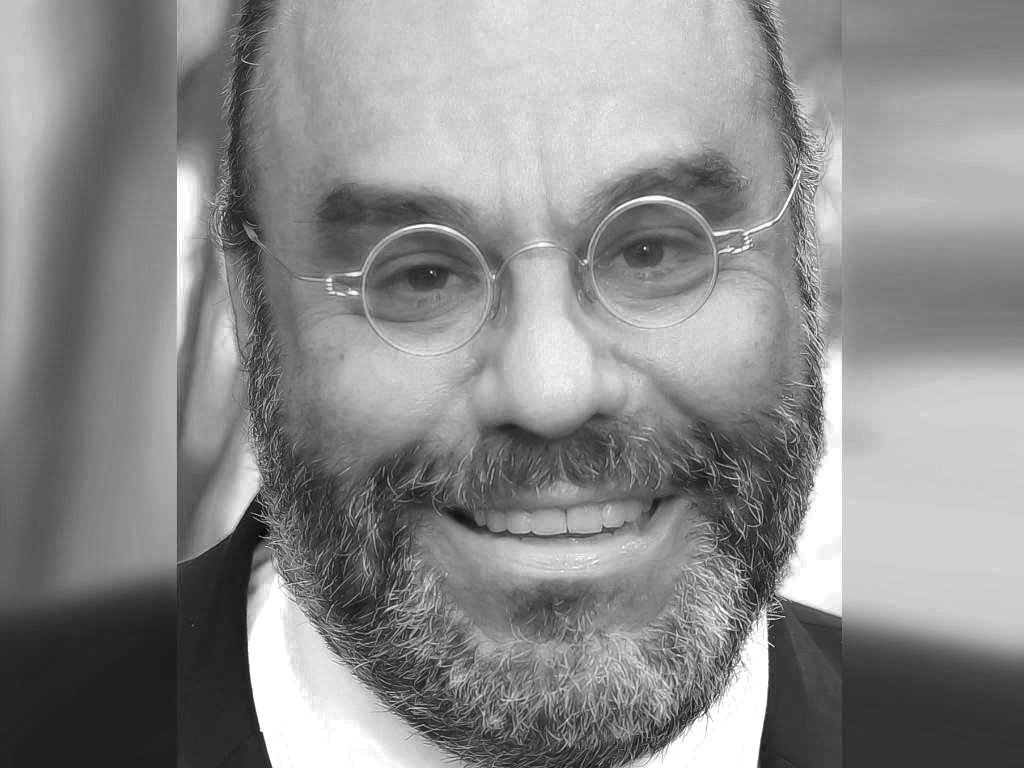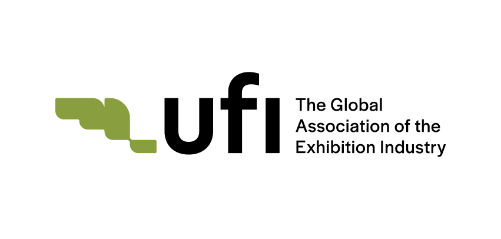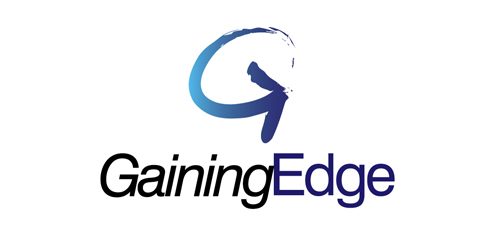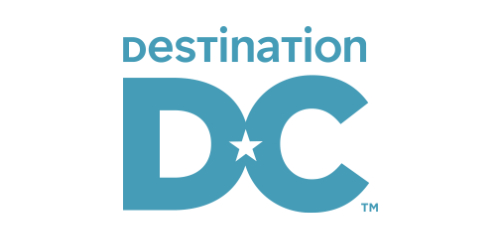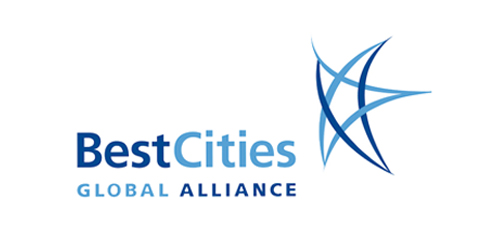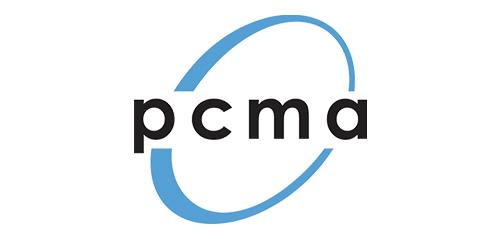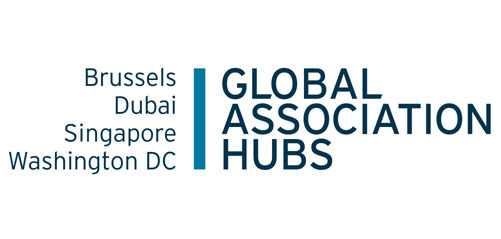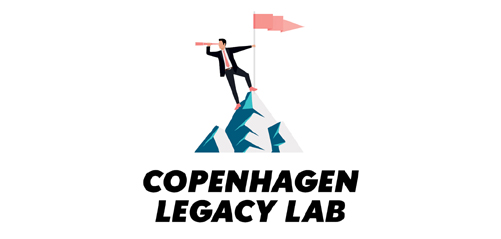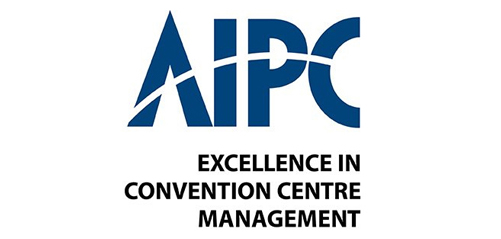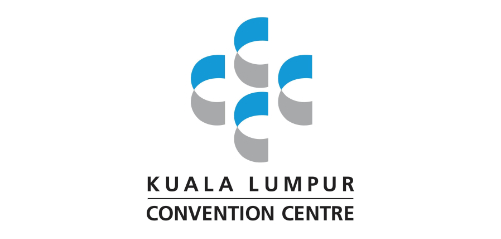Matty Rubenstein has been advising senior association executives for 15 years
Over the last 15 years I’ve had the most fantastic opportunity to work with senior executives across almost every division of IEEE, the Institute of Electronic and Electrical Engineers, in New Jersey. It’s one of the biggest associations in the US, generating revenue of almost $½ billion annually, and boasting almost half a million members. It’s really an association of associations itself, housing many societies, conferences, committees and people. The American association business is so different from its European cousin, both in member expectation, and operational model. When I refer to associations in this article, I am talking US-centric.
Any of you that know me, know that I am very concerned about the future of US associations, their relevance, and value. The traditional association fare for over a hundred years – membership, meetings, and publications – has been forever compromised by online competition in the last decade. Next-gen associations need to find and do something new that will set them apart or forever battle for a share in their chosen markets. However, the power and passion of their members, and the need for change, is in my eyes the differentiator on which associations can pivot like no other. I think it’s time for associations to retake the crown as leaders of social change that has been usurped most recently by the retail industry. They need to become the seeds around which people and organizations will coalesce in order to change the world.
I was introduced to The Iceberg by one of its ambassadors (Tommy Goodwin) who told me about a group of people who have realized that the value of conferencing, one of the core association products, can be raised by making the conference itself a catalyst for change in the locale in which it is run. Their idea is for the conference itself to leave a local legacy that lasts 3 to 4 years after a conference leaves – let’s call it legacy conferencing.
So, for example, about 5 years ago, the annual congress of ESTRO (the European Society for Radiotherapy and Oncology) chose Madrid as its destination, because it recognized that the city had a challenge with cancer. It wasn’t enough that the city could supply rooms and facilities, it needed to be the focus of a legacy to be left behind – in this case a 700m euro investment which will result in the diagnosis and treatment of hundreds of thousands of patients over the 25 year shelf life of the equipment secured and the training of HCP’s to operate it – now that’s social impact! Similar events by EASL (the European Association for the Study of the Liver) has run more than one conference, leaving an impact of reduced junk food consumption by kids in the host cities. There’s amazing video case studies about the conferences on The Iceberg website.
Annual conferences, that can leave a real legacy that is in the crosshairs of an association, is an incredible way of refocusing the core mission of that association. The event takes on an identity of its own, part of a portfolio of change, which becomes the legacy and value of an association. A true demonstration of commitment and action of the members and partners of associations forever.
For a long time, I’ve been involved in new product development for associations. There is an NPD (new product development) lifecycle. Simply put it has 4 stages:
1. Ideation – wouldn’t it be cool if conferences could leave a legacy…
2. Proof of Concept – making it happen without the complications of the real world.
3. Pilot – introducing the complications of the real world in a controlled way.
4. Production – going for it, big time.
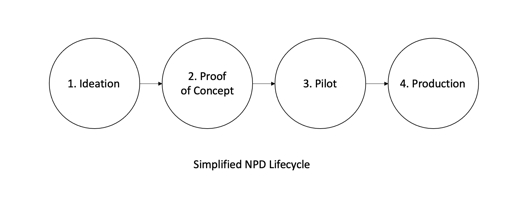
Where is legacy conferencing in terms of the NPD (new product development) lifecycle? Well, it’s a great idea and it’s been shown it can be done in Madrid, so it’s past step 2. We don’t really have an engagement process for stakeholders, or a sales process, or a manufacturing process, so we’re definitely in step 3.
The destinations industry has seen the success and value of these poster-child conferences, and has started to try and sell the concept as if we are in production step 4, and can’t understand why associations are not rising to the challenge. They don’t understand how an association industry that claims to be mission-centric, will not take the opportunity to make real impact aligned with their goals. I’ve heard it posited that they think that the associations are either unable or unwilling to join the party.
Let me take the covers off an association and give you a peek at the workings. It may raise a few eyebrows, but it may also explain what’s going on, and what needs to happen. As I mentioned earlier, most associations are organized around three key operations – membership, conferencing and publishing. Within each of these silos, operations may be controlled by bylaws, that are presented by boards and voted on by members. What for-profits might not understand, is that bylaws exist to protect an association from being taken over by bad actors, and stop them doing bad things. Associations are volunteer led entities, and bylaws are the checks and balances that are not required in a business. So an association may be limited by its bylaws, as to who is the partner with in a particular project , it may only allow itself to receive a certain amount of philanthropy, or it may not allow itself to partner with for-profits. It doesn’t mean they can’t be changed, but where mission and change is concerned, there’s a top down process that starts with the Executive Director (ED) & Management (staff), and the President & Board (volunteers). To be honest, the rest of the association may not be involved in anything that is not operational, and hence when presented with an opportunity like legacy conferencing, the conference division may not know what to do with it. As for partnering with government, philanthropists and industry, this all depends on a particular association’s experience. Most are not so sophisticated and may need help.
So what does all this mean to the future of legacy conferencing. Legacy Conferencing is such a huge change and opportunity for the association world – it’s too big to fail. I think that the future is bright, but it’s going to take work and investment. Like most good ideas, I think it has come as far as it can on the back of the good will and unpaid efforts of a large number of people. Legacy Conferencing has to become a real NPD, within a host organization, staffed and budgeted. There needs to be outreach to each of the permanent stakeholder groups – associations and destinations, by industry veterans who know the challenges ahead, potential solutions and frameworks. I understand that some of tasks are already underway in an un orchestrated manner, that’s great, but they need to be brought under management. As part of the pilot process, I would suggest that the concept should be presented to the ED’s and Presidents of select associations, by delegations of industry, government and destinations, under the leadership of local mayors. This will raise the gravitas of the opportunity and engage the associations at the most senior levels. Once these pilot opportunities have been used to create repeatable and stable processes, we may have a chance of moving to production.
Matty Rubenstein has been advising senior executives of large associations like the $1/2 billion IEEE for almost 15 years. He has an enviable portfolio across almost every association vertical, completing projects around Non-Dues Revenue, New Product Development, Industry Engagement, Partnerships, Education, Conferencing, Standards, Operations and AI. He’s passionate about the future of associations and the impact that they can have on society. He also brings over 15 years of industry experience in sales, education, consulting and project management.

